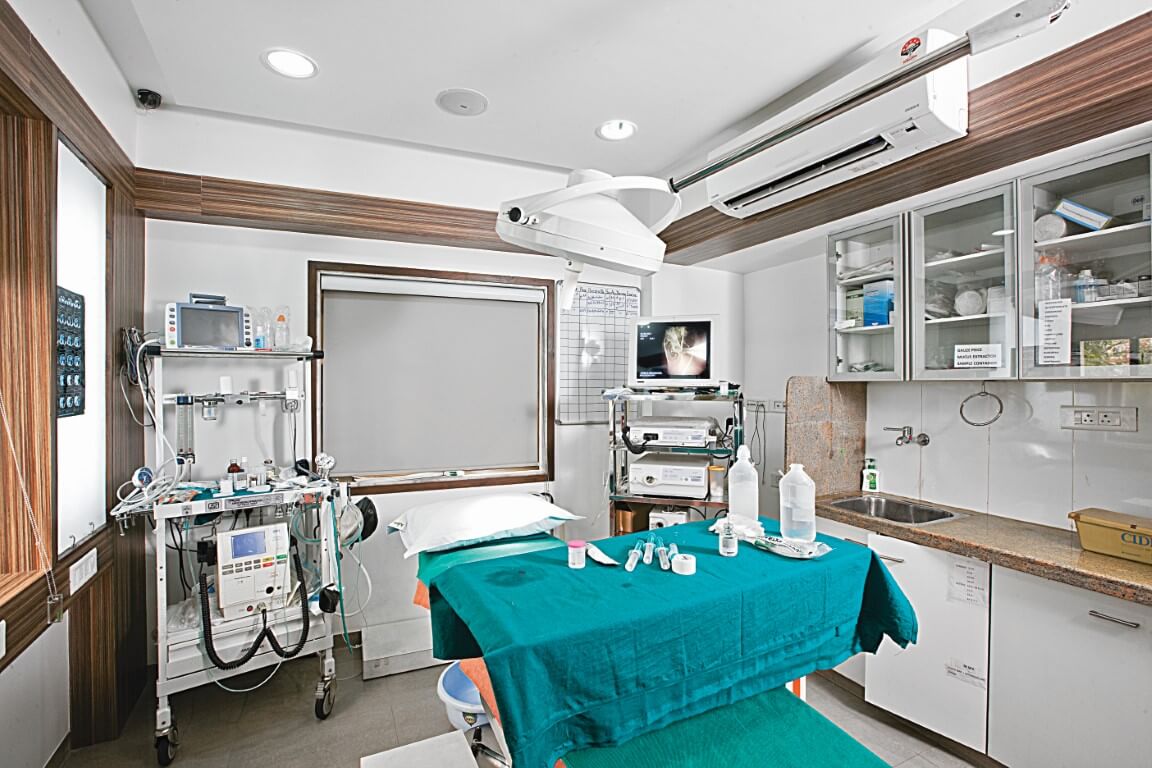
About Bronchoscopy
Bronchoscopy is a brief invasive procedure meant for viewing Bronchial tree from within, under light, for fulfilling diagnostic and therapeutic motives.
This flexible bronchoscopy is usually performed via either nasal or oral route under local anesthesia with mild sedation.Diagnostic & Therapeutic Indications:
- Malignancy, Mediastinal mass, Infections
- Unexplained lung collapse
- Interstitial Lung disease
- Haemoptysis, Unexplained chronic cough
- Endotracheal intubation
- Tracheobronchial stricture and stenosis
- Removal of foreign bodies
- Stent placement
- Bronchoalveolar lavage
Frequently Asked Questions
Bronchoscopy allows your doctor to visually examine your air passages to diagnose lung conditions such as cancer, pneumonia, tuberculosis and other conditions. The bronchoscope’s camera provides images of your airways and lungs on a color TV monitor.
If found abnormal growths, secretions or blood during the exam, he or she may take a sample for further testing in the lab.
Bronchoscopy is also used during advanced procedures, such as EBUS, FOREIGEN BODY REMOVAL, CRYOBIOPSY, BALLON DILATION.
Bronchoscopy is a specific type of endoscopy, patients Nil by oral for at list 3 hours, pre operative blood investigation (CBC, PT/INR, APTT, HIV, HBSAG, S CREATININE, SGPT). All other investigation report like CT Scan (Thorax), X-Ray (Chest) require at time of procedure. if you need to get admitted to the hospital for the procedure or not. It can also be done in the OPD setting. You can go home after the procedure.
Bronchoscopy generally takes about 30 minutes, but it depends on the indication for which the bronchoscopy is to be performed.